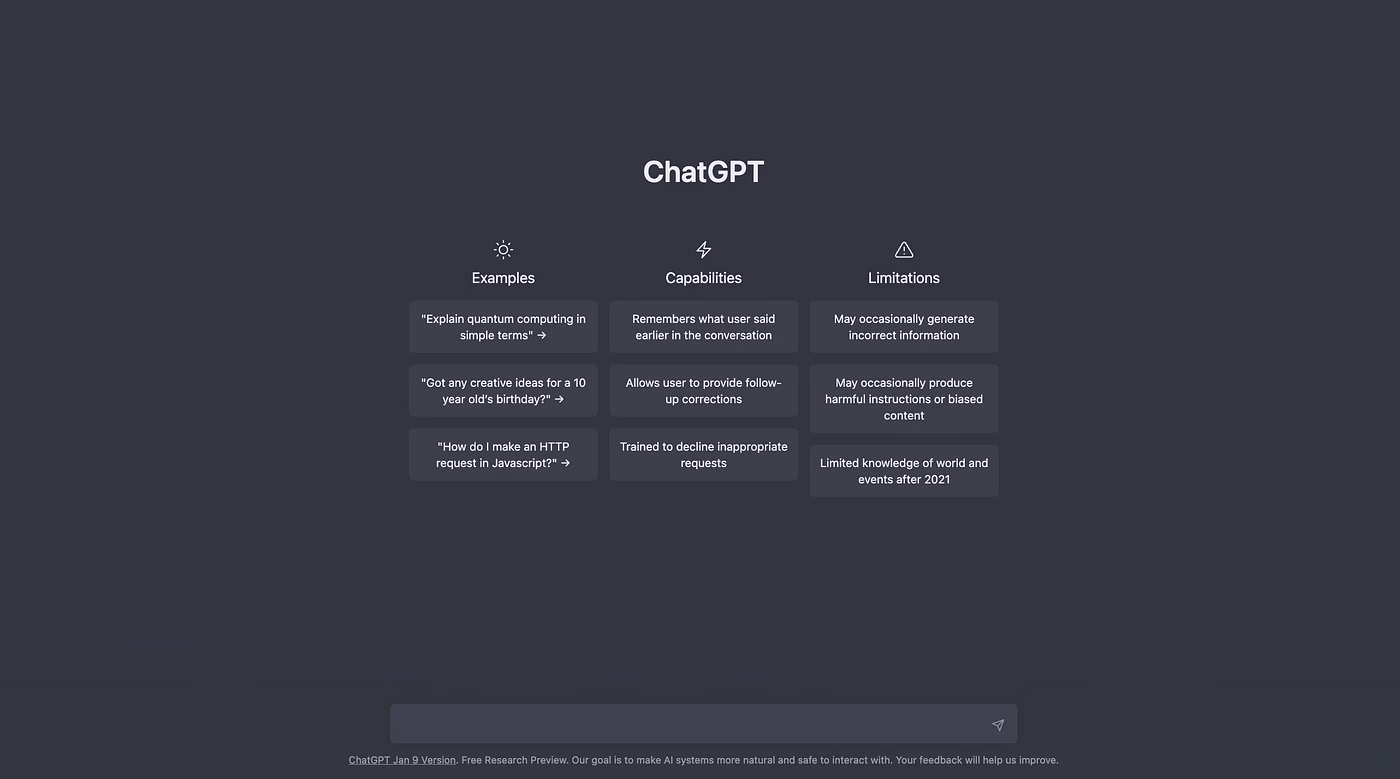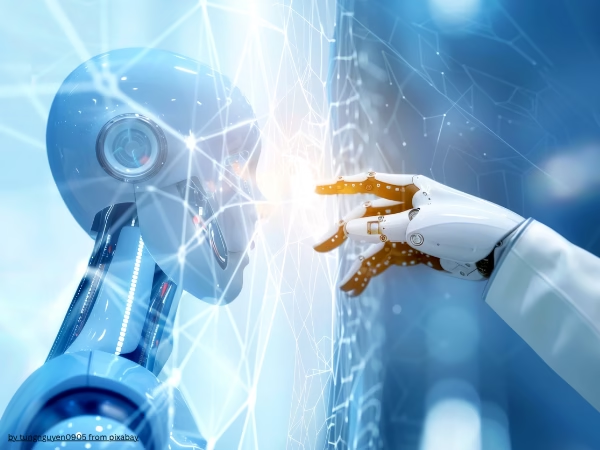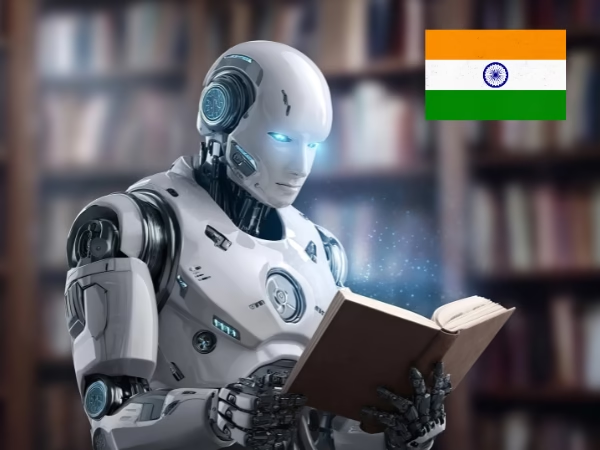The main goal of generative AI is to make new, high-quality, and original content like text, pictures, sound, and video.
Instead of only analyzing or predicting, a generative AI model’s primary goal is to make things that look and feel like they were made by people, like writing an article, making music, or making art.
This could be the short answer for the what is the main goal of generative ai but lets see what it has in detail.
Let’s see the Basics First
Artificial Intelligence (AI) has many branches, but one of the most fascinating is generative AI. It is the part of AI that does not just classify or predict, it creates.
Generative AI is changing how we think about creativity and automation. For example, chatbots can now write essays and image generators can make realistic portraits.
This article explores what is the main goal of generative AI, how it differs from the broader goal of AI, and why it matters.
We will also talk about how this powerful technology can be used, its benefits, its problems, and what the future holds for it, with this we can go near the answer of what is the main goal of generative ai.
What Is Generative AI?
Generative AI refers to systems that learn from existing data and then generate new outputs based on patterns.
Traditional AI can tell you what the weather will be like tomorrow or sort emails into spam and non-spam. Generative AI, on the other hand, goes a step further by making new things happen.
- A model that has been trained on art can make new paintings that look like the ones it has seen before.
- A music-trained model can write new songs.
- ChatGPT and other tools can make text responses that sound like people.
A lot of people ask, “What is the main goal of a generative AI model?” The answer is simple: to turn learning from data into creative works.
What Is the Main Goal of Generative AI?
The main goal of generative AI is to produce original and meaningful content that can be used in real-world situations.
Generative AI adds the ability to create, which is different from other AI systems that only focus on recognition, prediction, or decision-making.
In practical terms, the primary goal of a generative AI model is to:
- Generate text: like stories, blogs, reports, or code.
- Generate images: such as artwork, designs, or realistic photos.
- Generate sound: including speech, background music, or effects.
- Generate video: animations, ads, or creative clips.
This means that generative AI can help you come up with new ideas and be creative, not just get things done faster.
How Generative AI Achieves Its Goal
Generative AI achieves this through advanced algorithms and architectures:
- Transformers (like Google Gemini, GPT models) → excellent at text and multimodal content.
- GANs (Generative Adversarial Networks) → powerful for images, where one model generates and another judges.
- Diffusion Models → used in Stable Diffusion, which creates images from random noise.
- Large Neural Networks → learn deep patterns from huge datasets.
Together, these systems allow generative AI to fulfill its primary goal: creating new, human-like content.
You should see this also Exploring Domains of AI (Artificial Intelligence)
Real-World Applications of Generative AI
Generative AI’s ability to create makes it valuable in almost every industry:
- Writing & Content – Blogs, marketing copy, email drafts, and even poetry.
- Art & Design – Fashion prototypes, logos, digital artwork.
- Entertainment – Special effects, game assets, music tracks.
- Healthcare – Generating synthetic medical data to train diagnostic models.
- Education – Producing practice questions, summaries, and study material.
- Business – Generating synthetic data for testing, producing product descriptions, or sales insights.
These examples show how the main goal of generative AI, which is creation, can be used for more than just being creative; it can also be used to solve problems and make things work better.
Benefits of Generative AI
The primary goal of generative AI models leads to several advantages:
- Automation of Content Creation – Saves time for writers, designers, and professionals.
- Personalisation – Creates customised recommendations, marketing campaigns, or learning material.
- Innovation – Provides fresh ideas in fields like fashion, art, and product design.
- Accessibility – Enables non-experts to produce professional-quality outputs.
- Data Support – Generates synthetic data to train other AI systems when real data is limited.
This fits with the bigger main goal of artificial intelligence, which is to make human tasks easier, faster, and more creative.
Ethical Considerations and Limitations
With power comes responsibility. While the goal of generative AI is creation, it also raises concerns:
- Misinformation – Fake news, deepfakes, or manipulated images can spread harm.
- Bias – AI trained on biased data may create unfair outputs.
- Privacy Issues – Risk of reproducing sensitive information.
- Ownership – Who owns AI-generated content — the user, the developer, or the AI itself?
These challenges mean the goal of AI cannot just be creation but also responsible and ethical use.
Comparing Generative AI vs Traditional AI Goals
| Aspect | Traditional AI | Generative AI |
|---|---|---|
| Main Focus | Predicting, classifying, decision-making | Creating new, original outputs |
| Goal of AI | Mimic human intelligence and automate reasoning | Extend intelligence into creativity |
| Examples | Spam detection, medical diagnosis, route planning | Image generation, story writing, music composition |
This shows how the main goal of generative AI complements the overall goal of artificial intelligence.

Future of Generative AI
The future promises even more advanced creativity:
- Hyper-personalized content for fun, learning, and marketing.
- Writing, music, and design that combines AI and humans.
- More important in scientific progress, from finding new drugs to modeling the climate.
- Having an AI co-creator on your phone is a common part of everyday life.
Generative AI will continue expanding its primary goal, generating meaningful, human-like content, but will also evolve to become more responsible and trustworthy.
Final Thoughts
So, what is the main goal of generative AI? The answer lies in one word: creation.
The primary goal of a generative AI model is not just to analyze data but to produce original, valuable, and creative outputs.
Whether it’s text, images, or music, generative AI expands the goal of AI from reasoning into imagination.
Generative AI has the power to change industries, give people more power, and bring new ideas into everyday life, as long as it is used responsibly.
FAQs About Generative AI
Q1. What is the main goal of generative AI?
Generative AI’s main goal is to use what it has learnt from data to make new things like text, images, music, or videos.
Q2. How is generative AI different from normal AI?
Normal AI usually sorts or predicts data, like figuring out if an email is spam. Generative AI goes even further by making new things, like writing a story or drawing a picture.
Q3. Can I use generative AI for free?
Yes, a lot of tools, like the basic version of ChatGPT or Stable Diffusion, have free plans. Paid versions are available, though, if you want more advanced features or better results.
Q4. Where is generative AI used in real life?
People use generative AI to write blogs, make art, design clothes, make music, make study materials, and even to market and analyze data in businesses.









[…] You should also read this What Is the Main Goal of Generative AI? […]
[…] you are new to these ideas, our article “What is the Main Goal of Generative AI?” explains how AI systems are trained to learn creatively and produce new information on their […]